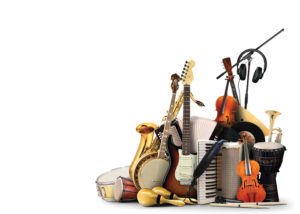by Sarah Marsh BSc, ALCM
Director for Musical Bumps
So let’s start with the ‘why’ and move on to the ‘how’. Why on earth should we sing to/with our children? My own mum (she’s 84 and doesn’t live round here – so she won’t be reading this unless I’m very unlucky!) can’t sing for toffee. It’s quite painful asking her to sing, and she mostly avoids it – singing to babies or at church is her limit. My own anger at her teacher telling her she couldn’t sing – this is back in 1942 – is still bubbling away, but that’s another story…
Anyway, why does my non-singing mum still sing to babies? Deep down, she probably knows that singing is the very best thing to do with babies. Babies hear language in their musical brains – they hear all that talking, cooing and singing as music (and they won’t care if you are a bit out of tune – so just go for it). Think about it for a moment – music has patterns that are clearer and more distinct than speech, music has intonations that are better defined than speech. If we want our children to be good communicators, then the absolutely best thing to do is to sing with them.
So – now for the ‘how’. Here are seven simple strategies that might help you get started (or give you new ideas if you are already tunefully chirping!)
1. Back to basics.
Whilst we might want to be bang up to date, there’s nothing wrong with singing some of those old songs (although not the one I learnt when I was little “do you want a cigarette, sir?”!). Humpty Dumpty, Twinkle Twinkle and those ever-spinning Wheels on the Bus are an important part of our heritage. If you are lucky enough to have roots in other cultures, or know family and friends that have, then use their songs too.
2. Can’t remember the words?
Dum di dum di dum will do just as well. My father was known to his nieces as ‘uncle boom boom’ because every song started well and ended up as boom di boom di boom. It’s not just about the words, it’s about the game, the interaction and the steady beat!
3. Join a group!
It’s great to have a repertoire of songs for every occasion – joining a music class really helps with this! Great too for making new friends with similar aged children.
4. Sing your way through the day…
Have you got a ‘hello’ song to greet your child with every morning? No? make one up – quickly! What about a ‘tidy up your room’ song – that would be useful, don’t you think? Singing about what you are doing is a great way to involve your child too, just gets a little embarrassing at the supermarket!
5. Transactional singing This call and response style is used right across Africa. It’s a great way to use music to build communication. If your baby has some favourite little noises, try copying them – a conversation (of sorts) will ensue – it’s fun, if a little silly. Once the game is established, you can try starting it – with
real words this time!
6. Can’t sing, won’t sing? Oh, go on – no? Okay try some rhymes instead. Humpty Dumpty works just as well (even better maybe) without the tune. The pattern and intonation of your voice will be just as useful!
7. Be a bit silly and be a bit rude!
Don’t worry if you divert from real words – sing or play around with this rhyme and your own name. “Anna fifanna, sticklanna bombanna, sticklanna fifanna that’s how you spell Anna!”
And remember that anything to do with wees, poos or farts is hilarious when you are tiny, “beans beans, good for your heart, the more you eat the more you…” well, you get the drift!
Sarah Marsh is a music teacher and advisor working in primary and early years music across the UK. Sarah founded and directs Musical Bumps www.musicalbumps.com with classes in Sussex from newborn to starting school. Please contact Belinda McBride on 07582 256957 for more information.


 There’s a tiny little instrument that offers a big punch, Al Start from Go Kid Music is singing the praises of the humble ukulele. Let me stop you right there! You were about to turn the page, but hear me out! There are a few really great reasons why this small, innocent looking instrument could be your secret (musical) weapon. Indulge me…
There’s a tiny little instrument that offers a big punch, Al Start from Go Kid Music is singing the praises of the humble ukulele. Let me stop you right there! You were about to turn the page, but hear me out! There are a few really great reasons why this small, innocent looking instrument could be your secret (musical) weapon. Indulge me… Having taught ukulele in schools for over a decade Al Start has perfected the art and packaged it into one super-cool family-focused club! The Go Kid Ukulele Club features online lessons taking you from total beginner to ukulele hero at your own pace, for the price of just one ukulele. Check them out here:
Having taught ukulele in schools for over a decade Al Start has perfected the art and packaged it into one super-cool family-focused club! The Go Kid Ukulele Club features online lessons taking you from total beginner to ukulele hero at your own pace, for the price of just one ukulele. Check them out here: 

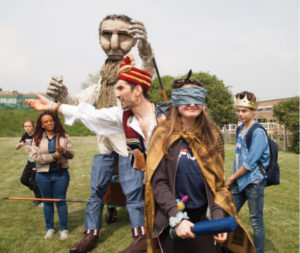 Through events like Brighton Festival, young people can explore, discover and participate in the arts. For 30 years the Children’s Parade has officially marked the start of Brighton Festival, with over 5,000 participants, including 3,473 school children, stepping into show stopping costumes they have designed and made themselves. Around 10,000 people come along to see the parade and be part of the largest annual children’s event in the UK. The parade is a unique event produced by community arts organisation, Same Sky, which offers thousands of young people the chance to come together in creations they’ve designed around a central theme, giving them a sense of belonging. In 2020, the Children’s Parade theme is Nature’s Marvels, offering a platform for participants to think more about the world and environment around them.
Through events like Brighton Festival, young people can explore, discover and participate in the arts. For 30 years the Children’s Parade has officially marked the start of Brighton Festival, with over 5,000 participants, including 3,473 school children, stepping into show stopping costumes they have designed and made themselves. Around 10,000 people come along to see the parade and be part of the largest annual children’s event in the UK. The parade is a unique event produced by community arts organisation, Same Sky, which offers thousands of young people the chance to come together in creations they’ve designed around a central theme, giving them a sense of belonging. In 2020, the Children’s Parade theme is Nature’s Marvels, offering a platform for participants to think more about the world and environment around them.
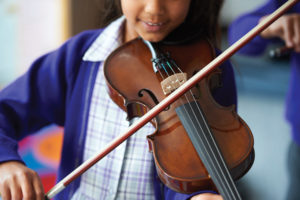 If Einstein could not talk until he was four or read until he was seven (which is apparently the case) and Didier Drogba studied accountancy before finding himself playing for Chelsea at the mature age of 26, how can we hope to spot the gifted and talented amongst the cherished progeny that walk through our gates? What does ‘gifted and talented’ actually mean and how should we be supporting them?
If Einstein could not talk until he was four or read until he was seven (which is apparently the case) and Didier Drogba studied accountancy before finding himself playing for Chelsea at the mature age of 26, how can we hope to spot the gifted and talented amongst the cherished progeny that walk through our gates? What does ‘gifted and talented’ actually mean and how should we be supporting them?
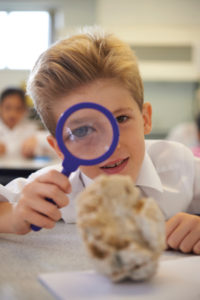 whether it is in leadership skills, having a way with the spoken word or playing Mozart. Our school ethos of Education with Character, offers a variety of ways of learning, ensuring that we, as teachers, spot unique talents and cultivate them, and parents are encouraged to do the same. We need to push our children as far as possible in their ability – and then another little nudge beyond. Let’s make sure we don’t fail to spot any Thomas Edisons or Albert Einsteins of the future.
whether it is in leadership skills, having a way with the spoken word or playing Mozart. Our school ethos of Education with Character, offers a variety of ways of learning, ensuring that we, as teachers, spot unique talents and cultivate them, and parents are encouraged to do the same. We need to push our children as far as possible in their ability – and then another little nudge beyond. Let’s make sure we don’t fail to spot any Thomas Edisons or Albert Einsteins of the future.
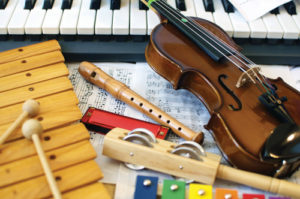 Size
Size